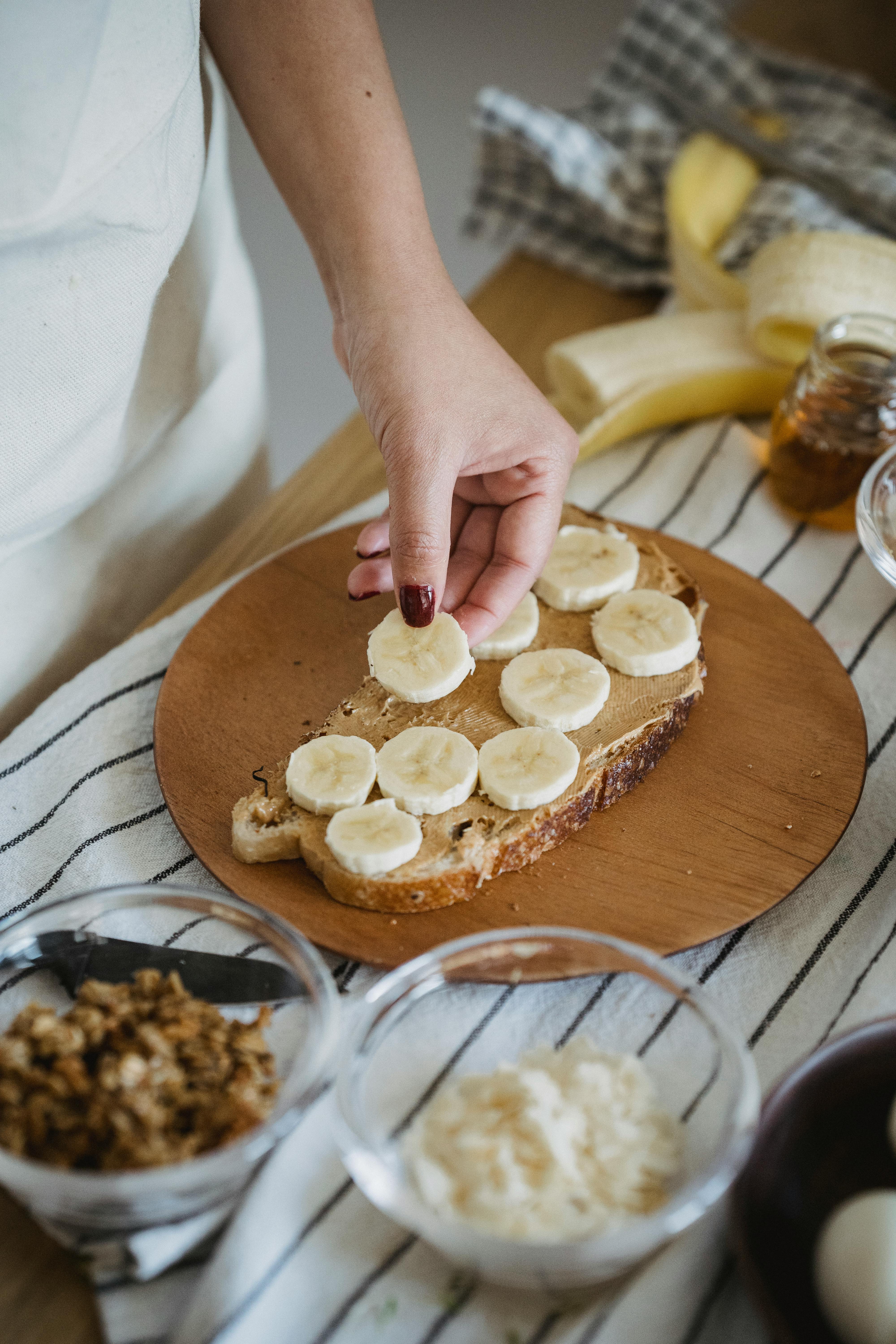
Complete Guide on How to Properly Convert Mixed Numbers into Improper Fractions in 2025
Understanding how to convert mixed numbers into improper fractions is an essential skill in mathematics that aids in various fraction operations. Mixed numbers consist of a whole number and a fraction, while improper fractions feature a numerator larger than their denominator. This guide aims to demystify the conversion process, providing step-by-step instructions, practical examples, and valuable teaching strategies. By grasping the conversion techniques, students can enhance their math skills and approach complex fraction problems with confidence.
The benefits of mastering the conversion of mixed numbers and improper fractions extend beyond the classroom. They are vital for engaging with daily life scenarios, such as cooking or budgeting. This article will cover the following sections:
- Understanding Mixed Numbers and Improper Fractions
- The Conversion Process: Step-by-Step Guide
- Common Mistakes and How to Avoid Them
- Practical Applications of Converting Fractions
- Teaching Strategies for Educators
- Q&A: Frequently Asked Questions about Fraction Conversion
By the end of this article, you'll be equipped not only with the knowledge to convert mixed numbers to improper fractions but also with essential strategies for teaching and applying these concepts effectively.
Understanding Mixed Numbers and Improper Fractions
To establish a solid foundation for converting mixed numbers to improper fractions, it’s crucial to define both terms. Mixed numbers comprise a whole number and a fractional part, while improper fractions are represented as a single fraction where the numerator surpasses the denominator.
Definitions and Characteristics
Mixed numbers often appear in everyday contexts, such as measuring ingredients in cooking or portions in crafts. An example is 2½, which signifies 2 whole parts and an additional half.
On the contrary, an improper fraction, such as 5/3, indicates that there are more parts than the whole. It can also reflect a number greater than one.
Visualizing Mixed Numbers and Improper Fractions
Utilizing fraction models and visual aids is beneficial when introducing students to mixed numbers and improper fractions. For example, pie charts or number lines can help visualize the concepts, making them more tangible and easier for students to grasp.

Real-World Applications of Mixed Numbers
Understanding mixed numbers and improper fractions is pivotal in situations like cooking and construction. For instance, recipes may call for 1¾ cups of a particular ingredient, which requires converting to a single fraction for accuracy in measurement.
Grasping these concepts can significantly enhance students' overall mathematical competence and instill a practical understanding of fractions in real-life scenarios.
Examples of Mixed and Improper Fractions
Let’s explore some examples for clarity:
- Mixed Number: 3¾ (three whole parts and three-quarters).
- Improper Fraction: 11/4 (which is the equivalent of 3¾).
Recognizing these connections between mixed and improper fractions is critical for seamless conversion and further mathematical applications.
Summary of Mixed Numbers and Improper Fractions
In summary, a solid understanding of mixed numbers and improper fractions is the first step towards mastering their conversion. Building this foundational knowledge will make it easier to tackle the conversion process as we move forward.
The Conversion Process: Step-by-Step Guide
With the fundamentals established, let's delve into how to convert mixed numbers to improper fractions effectively. This section provides a straightforward and step-by-step method for achieving accurate conversions.
Step 1: Identify the Mixed Number
The first step involves recognizing the components of the mixed number. For example, in the mixed number 4⅗, '4' is the whole number, and '⅗' is the fractional part.
Step 2: Multiply the Whole Number by the Denominator
Once identified, multiply the whole number by the denominator of the fractional part. Using our example, we multiply 4 (the whole number) by 5 (the denominator):
4 x 5 = 20
Step 3: Add the Numerator to the Product
The next step involves adding the result from Step 2 to the numerator of the fractional part. Here, we add:
20 (from Step 2) + 3 (the numerator) = 23
Step 4: Write the Resulting Number Over the Denominator
Finally, express the result as an improper fraction by placing it over the original denominator. In our example, we would write:
23/5
Conversion Example in Detail
Let’s take a mixed number such as 2⅖ and apply the steps from above:
- Step 1: The mixed number is 2⅖ (2 is the whole, and ⅖ is the fraction).
- Step 2: 2 x 5 = 10.
- Step 3: 10 + 2 = 12.
- Step 4: The improper fraction is 12/5.
This systematic approach ensures accuracy in converting mixed numbers to improper fractions.
Common Mistakes and How to Avoid Them
Even while following a structured conversion process, students can encounter common pitfalls. Recognizing these mistakes early can help in preventing frustration in fraction operations.
Neglecting the Denominator
A frequent error occurs when students forget to multiply the whole number by the denominator. Emphasizing the significance of this step can mitigate this mistake. Always check that both parts of the mixed number are considered during conversion.
Incorrect Addition of Numerator and Product
Another common error is misadding the numerator to the product from the multiplication step. Encourage students to carefully review their calculations to ensure accuracy. Using visual aids and writing each step can aid in maintaining clarity.
Confusing the Final Conversion
Students may accidentally revert to mixed numbers instead of forming the improper fraction. Reiterate the distinction between formats and clarify that the goal is to produce an improper fraction with a numerator larger than the denominator.
Practice Makes Perfect
Through ample practice, students can solidify their understanding and mitigate mistakes. Offering a variety of fraction worksheets and exercises can help reinforce their learning. Engaging in fraction projects or interactive math games can also make learning enjoyable and effective.
Summary of Common Mistakes
Highlighting common mistakes serves to enhance the learning experience and promote careful mathematical thinking. Encouraging students to review their work will build habits that foster greater accuracy when working with fractions.
Practical Applications of Converting Fractions
The conversion of mixed numbers to improper fractions is not only a classroom exercise but a skill with vast real-world applications. Understanding these applications can motivate students to engage with fractions more enthusiastically.
Cooking and Recipes
In cooking, recipes frequently involve mixed numbers for measurements. For example, if a recipe calls for 2¾ cups of flour, knowing how to convert it into an improper fraction (11/4 cups) can help achieve precise ingredient measurements.
Budgeting and Finance
Fractions are prevalent in budgeting, where individuals might discuss finance in terms of mixed numbers. Being able to convert these numbers can assist in managing expenses more accurately. Understanding how these numbers interact helps clarify financial discussions.
Construction and Design
In the fields of construction and design, fractions are often employed when measuring materials. Properly converting mixed numbers can lead to more efficient use of supplies and improved project outcomes.
Mathematical Problem-Solving
Proficiency in fractions, including conversions, is essential when solving advanced mathematical problems. Whether with algebraic expressions or geometry, mastering these foundational skills contributes to successful outcomes in higher mathematics.
Engaging in Classroom Activities
Educators can implement engaging fractional activities in the classroom, such as fraction quizzes or hands-on math projects, that promote a deeper understanding of fractions. Utilizing fraction calculators and interactive math tools can enhance the students' learning experience.
Teaching Strategies for Educators
Equipping students with the right tools and strategies is key to effective teaching in the realm of fractions. Different methods and resources can cater to diverse learning styles and abilities.
Visual Learning Techniques
Incorporating visual aids helps students better comprehend fractions. Tools like fraction charts, number lines, and models can foster a more profound understanding of mixed numbers and improper fractions.
Interactive Learning Resources
Utilizing online math tools, interactive math games, and educational apps designed for fractions can engage students beyond traditional methods. Such resources can provide exciting ways to practice and master fraction concepts.
Differentiated Instruction Approaches
Recognizing that learners have different needs and paces is essential. Providing varied exercises, including some with visuals and others focusing on problem-solving, can help tailor the learning experience effectively.
Frequent Assessments and Feedback
Assessment of student progress through regular quizzes and homework help can identify areas needing reinforcement. Incorporating feedback sessions where students can discuss their challenges with converting fractions builds a learning community within the class.
Collaborative Learning Strategies
Encouraging group work can stimulate discussion and peer teaching. This allows students to gain confidence as they explain fraction concepts to each other, reinforcing their knowledge through collaboration.
Q&A: Frequently Asked Questions about Fraction Conversion
What is a mixed number?
A mixed number combines a whole number with a fraction, such as 1¾, which represents one whole and three-quarters.
Why is it essential to convert mixed numbers?
Converting mixed numbers to improper fractions simplifies many arithmetic operations, such as addition and subtraction, making calculations easier.
Can you give an example of an improper fraction?
An example of an improper fraction is 9/4, where the numerator (9) exceeds the denominator (4).
How do I check my conversion?
To verify that your conversion is accurate, you can convert the improper fraction back to a mixed number. For instance, converting 12/5 back gives you 2⅖.
What resources can help improve my understanding of fractions?
There are numerous educational resources available for fractions, including math practice sheets, interactive math tools, fraction worksheets, and online learning platforms that provide comprehensive support for mastering fractions.

Conclusion
By understanding and mastering the conversion process of mixed numbers to improper fractions, students can develop confidence in their math skills. This guide equips learners with systematic techniques, practical applications, and teaching strategies to enhance their learning experience. As we engage in various real-world scenarios involving fractions, the importance of this skill becomes ever more apparent. Embracing fraction problems now will serve as a stepping stone towards success in future mathematical endeavors.